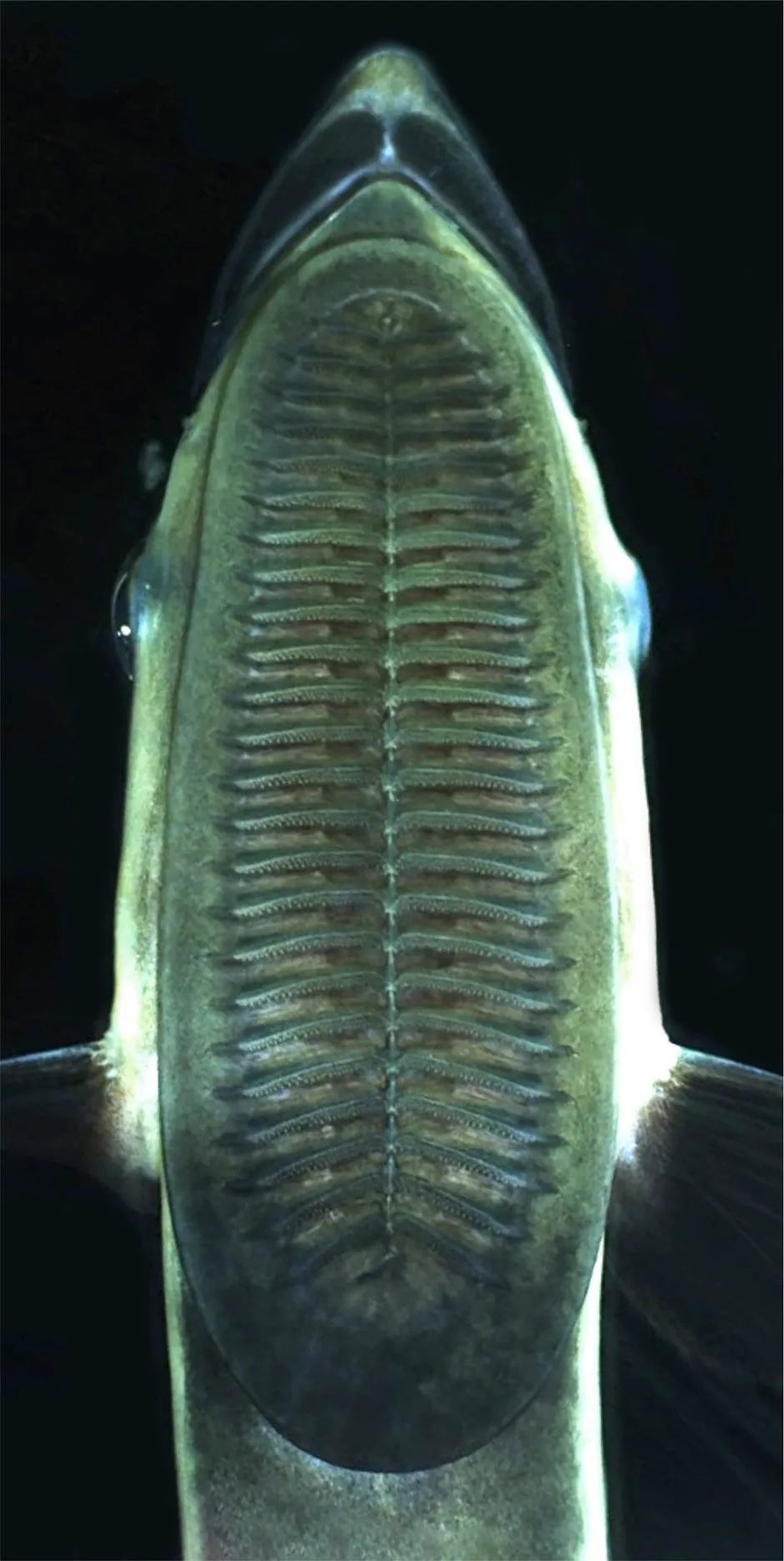- Scientists have discovered how suckerfish stick onto other fish.
- The remora's suction disc has elastic collagen fibres which allow it to maximise contact with the other fish.
- The researchers have developed a new suction cup based on the remora which can stay stuck 3.5 times longer than existing suction discs.
The remora fish has inspired a new and improved method of sticking things together. Remoras are fish between 30-110cm long, found in tropical waters, and are the hitchhikers of the sea. They catch free rides by using a modified fin on their heads that acts as a suction pad to stick themselves to other fish that can be up to 20 times as long.
Their suction pads are so powerful that remoras can stay attached to sharks and even dolphins when they’re leaping out of the ocean.
Now a team of researchers at China’s Beihang University has built a suction disc based on the remora’s pad that can stay stuck nearly 3.5 times longer than existing silicon suction discs.
“We were fascinated by the fact that remoras’ suction pads can adhere to surfaces as rough as sharkskin. Sharks swim very fast, yet remoras can hold on to the sharks’ skin very tightly,” said Juan Guan, who was part of the team that built the new suction disc.

To understand what makes the remora so good at staying stuck to other fish, the researchers examined the tissue on the soft lip of the its suction pad. They discovered a layer of vertically aligned collagen fibres just beneath the skin that provides elasticity to maximise contact with other fish.
The flexibility of the fibres allows the remora’s suction pad to bend to the uneven surface of another fish’s body, while simultaneously reinforcing it to keep a tight seal.
“There’s a lot of potential for future applications [of this new suction disc],” said Li Wen, senior co-author of the research.
“We can equip this bio-inspired adhesion device with electronics and use it to tag marine animals (such as tunas, whales, and sharks) in a reliable, non-invasive manner for marine monitoring. The tags could travel the world’s oceans stuck to tunas, whales and sharks to understand their migration patterns and spawning areas.”
Read more about materials science:
